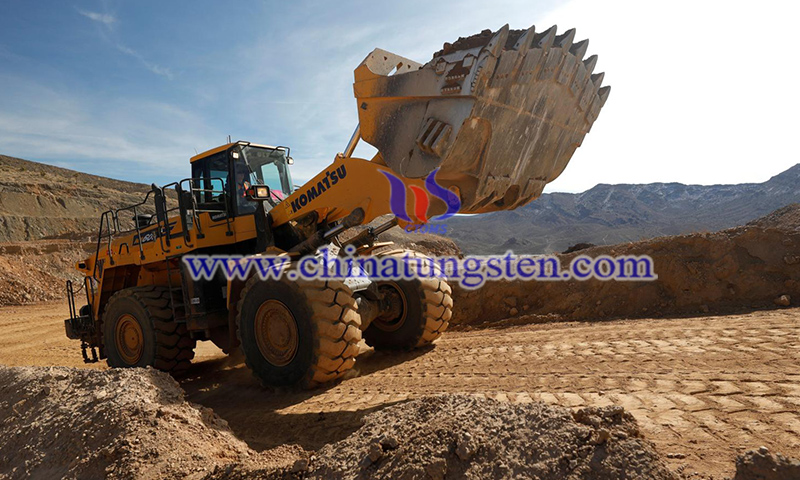Europe and US Address Rare Earths Import Dependency
- Details
- Category: tungsten‘s News
- Published on Saturday, 23 October 2021 20:50
Europe is working to wrest back control of its rare earths magnet supply chain from China. The US has developed a funding and policy strategy to build its domestic rare earth capacity. Permanent magnets, often using neodymium-iron-boron chemistry, are one of the hidden drivers of modern technology, powering everything from robots to refrigerators to speakers in laptops.
They also help power electric vehicles (EVs) and wind turbine motors, putting them at the heart of the energy transition. However, as the rest of the world has realized, these key minerals are also heavily dependent on China, which dominates the global supply chain from the processing of rare earth elements to the production of magnets.
The European Union (EU) imports around 16,000 tonnes of rare earth magnets from China each year. Demand will only increase as production and sales of electric vehicles expand. Around 95% of all-electric vehicles use traction motors containing rare earths, and global usage in this sector alone is expected to rise from 5,000 tonnes in 2019 to 70,000 tonnes in 2030.

As a result, according to ERMA's September 30 report, "the political implications of not regaining control of the rare earth value chain are enormous." While the global magnet market itself is relatively small, at around €6.5 billion, "its downstream leverage is enormous," the report's authors note. The mobile and automotive sector in the EU27 alone is expected to grow to around €400 billion by 2030, with six million jobs, all of which are at risk of disruption to magnet supply.
A cumulative investment of €1.7 billion will boost magnet production in Europe from 500 tonnes per year to 7,000 tonnes by 2030, covering around 20% of European demand.
There have already been two such rounds of investment in the battery materials sector, the last one in January this year when 12 member states provided €2.9 billion in funding. According to ERMA, at least four member states have already indicated that they would support the establishment of a similar financing mechanism in the rare earth sector.
More fundamentally, the call for action includes the European Commission exploring "measures to balance the level of fair reciprocity of national subsidies", such as creating tax breaks for projects and for those end-users who buy European rather than Chinese magnets.
It also suggests applying Europe's pending carbon border adjustment mechanism to the rare earth supply chain. Indeed, sustainable sourcing is another core component of European strategy to build a greener industry and is seen as a key mechanism for nurturing the domestic magnet industry.
ERMA calls for the EU to develop a sustainability standard and certification scheme. This would help build rare earth recycling capacity and incentivise OEMs to commit to long-term off-take agreements for 'green' magnets.
The EU is now following a similar path to that already taken by the US, which has targeted key minerals in its infrastructure bill, including a $140 million grant for a rare earth processing plant. Both aim to bring together government, industry, and academia to address the entire supply chain of problem magnets from mine to motor.
- < Prev
- Next >
Link to this article:Europe and US Address Rare Earths Import Dependency
Reprint Statement: If there are no special instructions, all articles on this site are original. Please indicate the source for reprinting:Tungusten,Thanks!^^

